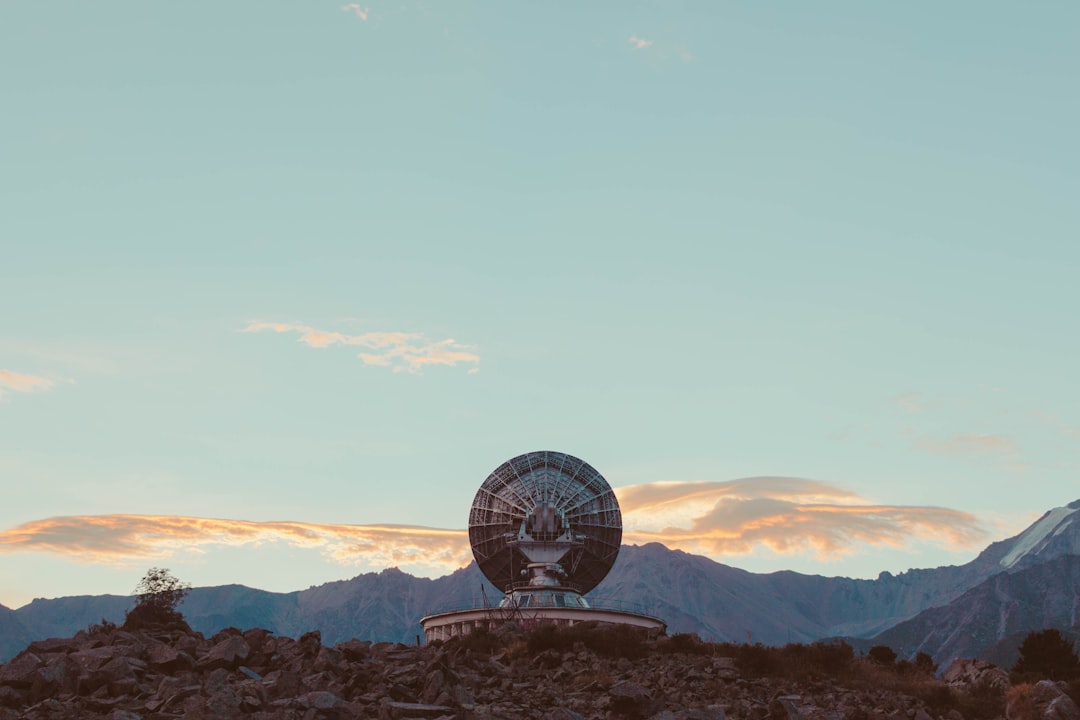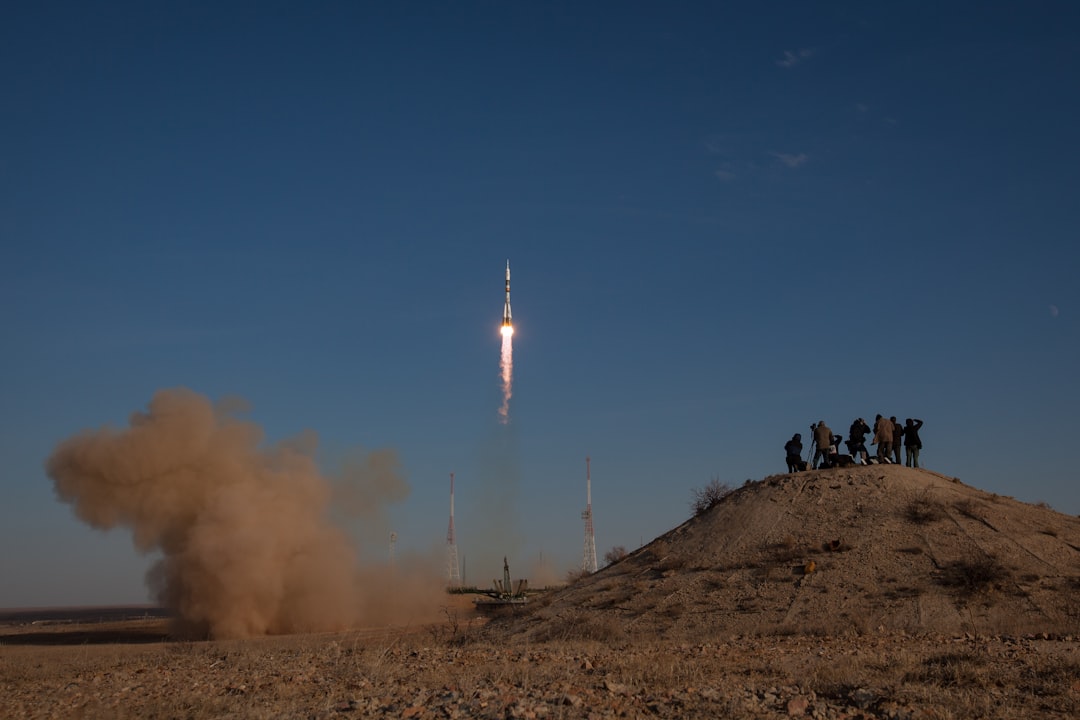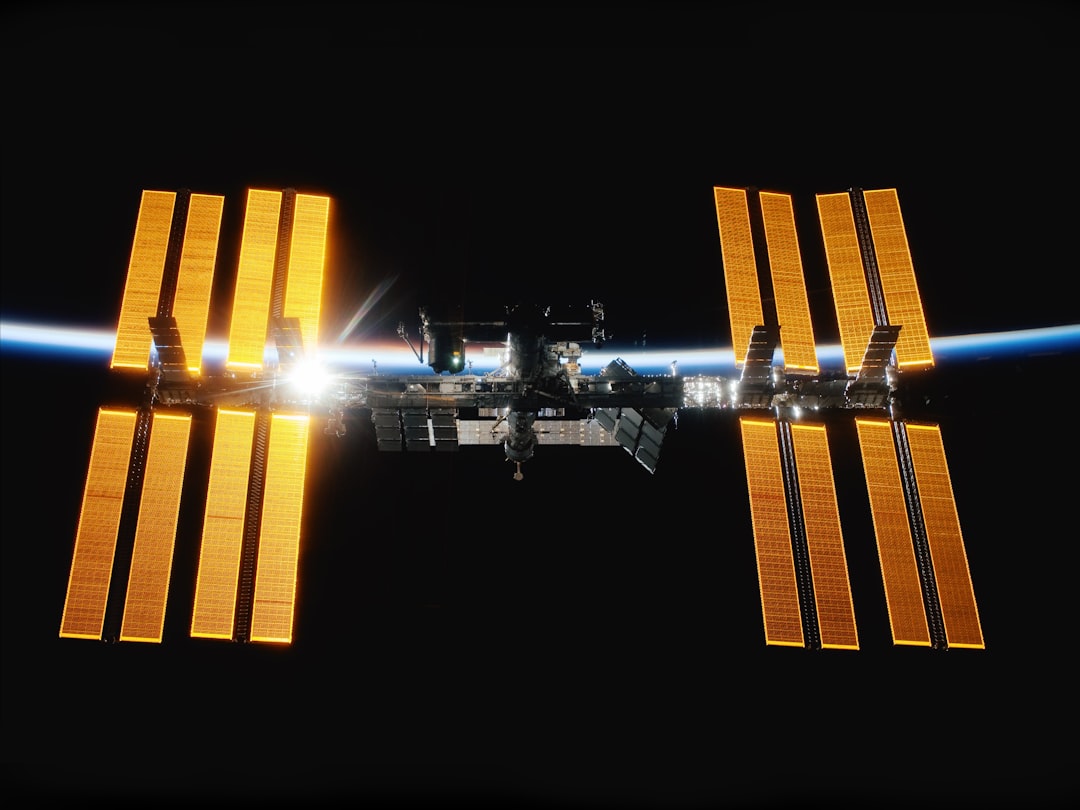When Sputnik was launched there was no way of knowing what the Russians were able to see in the US. There was a great deal of paranoia. In those days, it always felt like the Americans were far behind the Russians when it came to space.
Two researchers from John Hopkins University decided to monitor the signal emanating from the satellite. As they monitored the signals they noticed a Doppler Shift. It is the same effect that you notice when a train is moving towards or away from you. They also were able to determine the approximate location of the satellite as it moved across the sky.
An idea germinated. If we can determine the location of a satellite from the ground, it might be possible to do the reverse. And like that, we got the Global Positioning System. Launched in the 1970s the system was initially available only for military purposes. It was a constellation of satellites across the globe such that at any point three satellites would be able to accurately pinpoint any location on the planet. Any ground-based station or device would be able to ping three satellites and get their exact location.

Eventually, the US government decided to open this up to the public but with a healthy error added to it. This healthy error resulted in the shooting down of a Korean Airlines flight by the Russians. The plane was flying in Russian airspace. It was Ronald Reagan who decided to open up the system completely after the Korean Airlines disaster.
Most of our devices are connected to the GPS system which is owned and operated by the US. The GPS has 38 satellites as a part of its constellation. It is one thing to depend on a system that belongs to the US for civilian use but another to depend on it for military use.
Europe has its own constellation called Galileo which is operated by the European Space Agency, Russia has its own constellation called Glonass, China is building one called BeiDou which they launched in 2018 and India has been building its own called Navigation with Indian Constellation (NAVIC) since 2013.
The latest launch related to NAVIC was made in May 2023. That took the constellation to 9 satellites, there are plans to add many more. The next step would be to expand it to 11 satellites. The constellation still does not have GPS accuracy, but as a more recently launched constellation, it will have more up-to-date technology. As the constellation grows, the capabilities are bound to improve.
In 2019, ISRO attempted to land its first craft on the Moon. Chandrayaan-2 failed. The lander went off trajectory in the final moments of descent and went off-nominal course. It would have been India’s first landing on another celestial body. Expectations were high, the chief of ISRO was in tears as the Prime Minister consoled him as he departed from Sriharikota after the failed mission.
This week the successor, Chandrayaan 3 was launched and it will also have a lander and a rover.
The Chandrayaan-3 mission by the Indian Space Research Organisation (ISRO) successfully lifted off from the Satish Dhawan Space Centre in Sriharikota, Andhra Pradesh, at 2.35 PM IST on Friday, July 14.
The mission follows Chandrayaan-2 where scientists aim to demonstrate various capabilities including reaching the orbit of the moon, making a soft-landing on the lunar surface using a lander, and a rover coming out of the lander to study the surface of the moon.
Sixteen minutes after lift-off, propulsion module successfully separated from the rocket and would orbit the earth for about 5-6 times in an elliptical cycle with 170 km closest and 36,500 km farthest from earth moving towards the lunar orbit.
Source: Mint
If they manage to land it successfully this time, India will become the fourth country after the US, USSR and China to manage this feat.
Rakesh Sharma was the first Indian to go to space. He was followed by Ravish Malhotra. Both men belonged to the Indian Air Force and went to space aboard Russian Soyuz T-11. India has never had a space vehicle capable of carrying humans into space. They are building one now called Gaganyaan. It will be the first indigenously developed space vehicle which would be able to carry a human into space.

Truth be told it is not difficult to get a human into space. The real challenge is bringing them back to Earth. Withstanding the heat produced by friction with air during re-entry is challenging. Amongst the slew of announcements made during the Modi visit to the US, NASA will be sharing the heat shield technology.
NASA and ISRO have also agreed to a joint mission to the International Space Station in 2024, the White House said on Thursday.
“In the space sector, we will be able to announce that India is signing the Artemis Accords, which advance a common vision for space exploration for the benefit of all humankind,” said the US officials, adding that NASA and the Indian Space Research Organisation (ISRO) are developing a strategic framework for “Human Spaceflight Operations this year”.
Source: Times of India
In addition to this, the InSPACe program launched by ISRO has already spawned 140 private space-related companies including launch as well as satellite companies.
On the other side of the Himalayas…
As I mentioned earlier, China has started the development of its own geo-positioning system. China does not trust anybody. Depending on the US for something as critical and GPS in the battleground does not augur well for the country. Although their program started only in 2018, the country already has a constellation of 35 satellites in space dedicated to global positioning. Three times as many as India.
It also has a moon mission called Chang’e. There have been a total of 5 missions that have gone to the moon. Of these 3 have landed on the moon and Cheng’e 4 landed on the South Pole of the moon. It is almost the same mission that Chandrayaan 3 is trying to pull off.
The Chang’e 5 mission brought back samples of moon rock and dust back to Earth. Their next mission is scheduled to fly in 2025. By the end of this decade, China plans to put a man on the moon.

In 2021, China also got started with the construction of the Tiangong Space Station. In 2022, they added two more modules to the first one and with that, they ensured that there can be a permanent Chinese presence in space.
The goal that they have stated is to get the first human to Mars.
The Chinese space program is far more developed than the Indian program which was focused purely on satellite launch till 10 years ago. The ambition in India, to do more than that and leave the mundane work of satellite launch to private organisations has been aggressively taking shape in the last 5 years.
But there is a yawning budgetary gap. ISRO has an annual budget of about $1.5 billion whereas the Chinese Space Agency has an annual budget of $12 billion, which is the second largest in the world. India is operating at 1/10th of the Chinese budget and it is commendable what they are able to do with so little.
If India is genuine about catching up with China, policy alone will not help. The government will have to put its money where its mouth is.

Leave a Reply